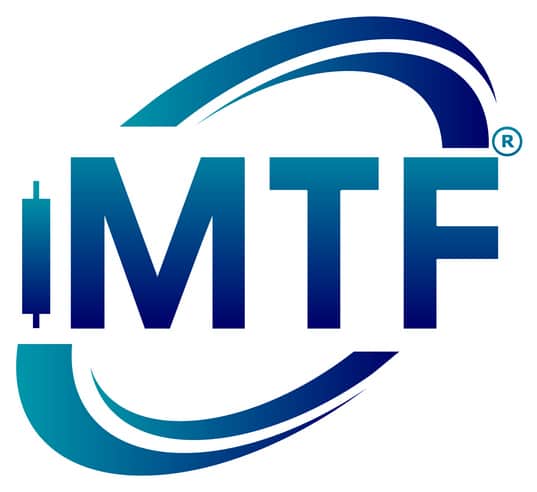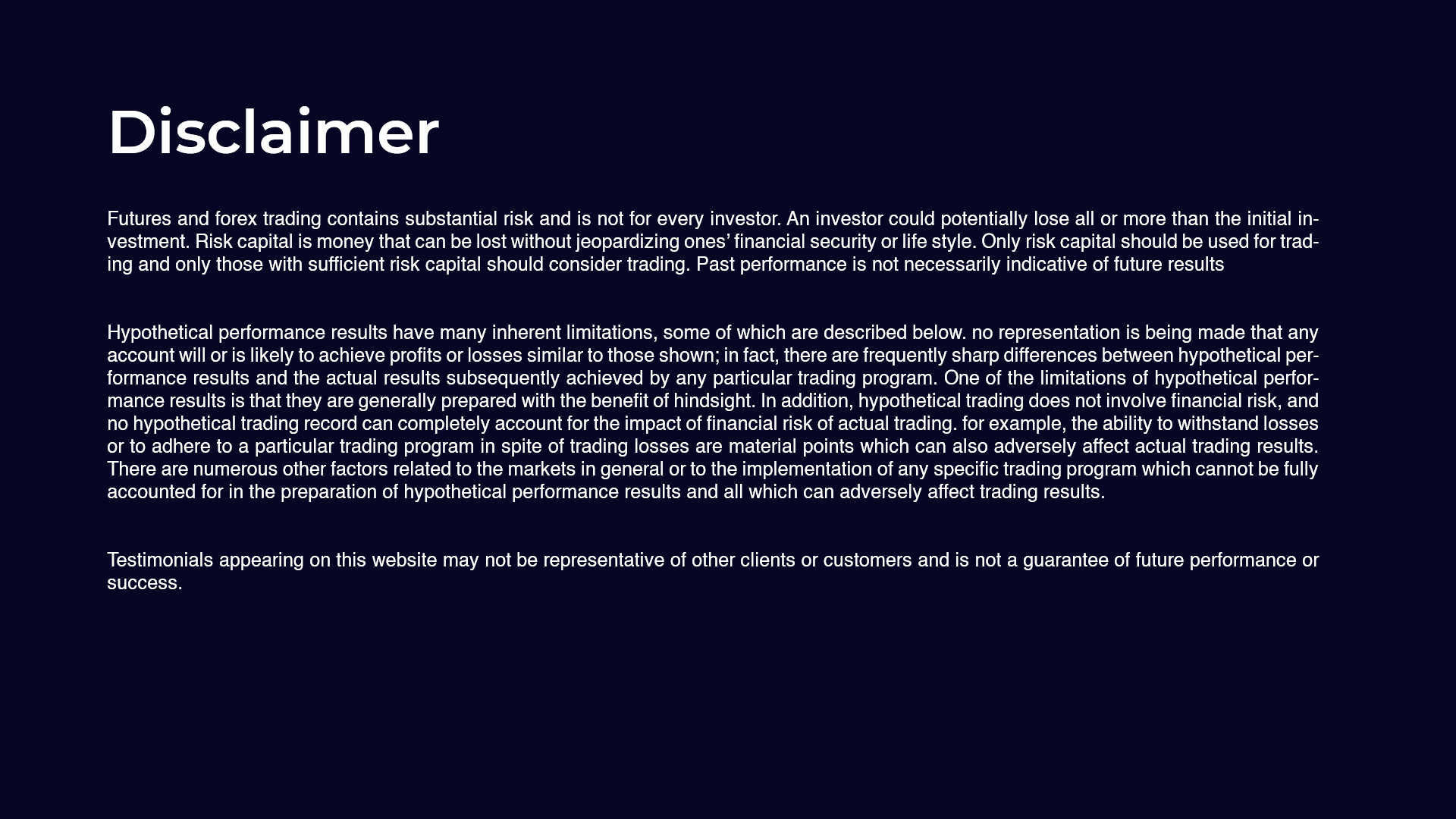BREXIT Greed destroys a lot of traders, Don’t panic and print money!. Before the British Veto, the market started to price in that they weren’t going to leave the European Union. It was seen on the charts and also on TV with the polls. We listen to actions people take which are seen on the charts so we will focus on that.
On the charts, it was clearly seen that. Below is the daily chart of the $GBPUSD spot currency provided by eSignal. On June 14, price reached the support of 1.4099 which was the bottom of the consolidation pattern. After that, price bounced off this top, went to the top of the consolidation pattern and broke it! Why did it break it! Speculation is the answer. People were speculating that UK was not going to leave the European Union and not going to exit. Therefore, it would go higher along with all the Global markets.
Below is the daily chart of the UK Stock market, the $FTSE. The June 15, it hit the major weekly support of 5952.13. After a couple of days, price retraced all the way back to the resistance of 6315 which was a 6.8% move in 8 days! People were expecting the UK was going to stay too and started to buy before the decision.
Both the currencies and the UK Stock market charts show that everyone was pricing in UK staying in the European Union. When the vetoing started, you really didn’t see much profit taking on the charts in either the currency or in any global stock market.
This is when greed had kicked in. Why do I say that? How much more upside would there be if price already moved up drastically before the video. Everyone was bullish with very little people bearish. If the veto concluded they were going to stay in the European Union how much more could it have gone up? Not much considering everyone was already in bullish position.
However, if the veto was to leave the European Union, how much could it have gone down? A lot! Why? Everyone was one side i.e. bullish. They would have to exit their positions in a panic mode with price going down fast. This is exactly what happened.
So what should a trader have done? First, if you were bullish on either instrument, you should have taken exited and taken profits. Another option would be to put a hedge on for the downside. Once one of these was done, a trader should have put a “bait” for the bearish side on the markets just in case it goes the other way. What does “bait” mean? It means it a limited risk low cost trade. For US Options, buy a put on the UK FTSE ETF, or GBPUSD ETF option. You could have also put a option put on the US stock markets too which had gone up drastically for the same reasons as the $GBPUSD and $FTSE.
Here is another example of a hedge trade using US Stock options and a stock. It is a butterfly option strategy that cost $9 per butterfly. The max. profit per contract would be $240. This is a huge reward/risk ratio but if the markets drastically go down, price could come straight into the middle of the butterfly strategy with max profit. In fact, right now, in pre-market hours, $AMZN is at 698. Option expiry today too so if any buying occurs after market open, it could come into 702 which is max profit.
We also wrote a article where we were long on the GBPUSD before the veto and how we exited too. Here is the article link: https://www.ichimokutrade.com/c/forex/the-gbp-pound-was-rigged-to-get-strong-see-the-proof/
We have now discussed what you should have done before the veto. Now, let’s show how you make money during the chaos. During chaos, you need to take volatility and learn how to “print money”.
After the veto, we need volatility in order to start to make money. This means, we need one veto to occur to leave the union. Once that came, people would start to panic and volatility would arrive. This happened at 7:00 pm EST when the $GBPUSD currency dropped from 1.4824 to 1.4295 in 10 minutes. This is over 500 point move in 10 minutes. Now, we knew volatility had arrived. Once this occurred, we started to look for a 10m/30m/60m iMTF™ resistance to occur. This is how we ALWAYS trade volatility news announcement. Once that resistance developed, we knew where to place our Sell entry with a “tight” stop.
Below is the 30m chart for the $GBPUSD. After the drop, you can see Blue dots on the chart, This shows there was an iMTF™ resistance at 1.4649. We have drawn a horizontal line there. The next Ichimoku resistance above that level was 1.4743. Therefore, if we shorted the currency, our stop had to be above 1.4743 which it could “blip” intra bar to that resistance too.
Another option could be to place half you currency contracts at 1.4649 and the other half at the “blip” level which is 1.4743.
Once the trade entered, you had a 3:1 reward/risk ratio to the pivot low which was 1.4292. At that point, we went into “Preserve mode” i.e. protect our profits. We took 75% positions off and we tightened our stop drastically. The our tightened stop was the red line with a buffer. Remember, you trade safely because things could have reversed in a second just like they did in going down. We exited the trade when we went to sleep.
Notice, the different color dots. This is showing the iMTF™ resistances are going down. The major resistance is now at 1.4121.
Now, we have discussed two of the three situation. The last situation is where do we go now?
Below is the Quarterly chart of the UK $FTSE Stock market. From this long term view, the market has NOT crashed. It has been ranging between 5952.13 and 6315.17 for over 4 quarters now. We will wait for the market to get to either the support or resistance and then look for a trading opportunity long term. Due to the volatility, you want to keep a long term view first.
Below is the weekly time frame. It has the same support as the monthly. The weekly has a bearish sentiment so there is a high probability of reaching the support and trying to break it. Until, the resistance at 6315 is broken and price changes to be a bullish sentiment by getting above the cloud, the UK stock market will not go bullish.
Let’s now look at the $GBPUSD long term. Below is the quarterly chart. Even with the huge move down, price is still holding the bottom consolidation support at 1.3657. The probabilities are high for it to break it but we don’t know when. We have to wait patiently and observe lower time frames for this to occur.
If you are a retail trader and want to be a professional trader, you have to learn how to make money off these situations. We described 3 different ways on doing it with this one veto. Turn volatility into your friend.
If you would like to learn how to trade like an institutional trader or learn more about our multi-timeframe email alerts, go to www.ichimokutrade.com or email us at info@eiicapital.com
EDUCATIONAL USE. Commodity Futures Trading Commission, Forex, Futures, Equity and Options Trading has large potential rewards, but also has large potential risk and may not be suitable for everyone. You must be aware of the risks and be willing to accept them in order to invest in these markets. Do not trade with money you can not afford to lose. This is neither a solicitation nor an offer to Buy/Sell. No representation is being made that any account will or is likely to achieve profits or losses similar to those discussed on this document. The past performance of any trading system or methodology is not necessarily indicative of future results. All information provided on the Blog is for educational purpose.








